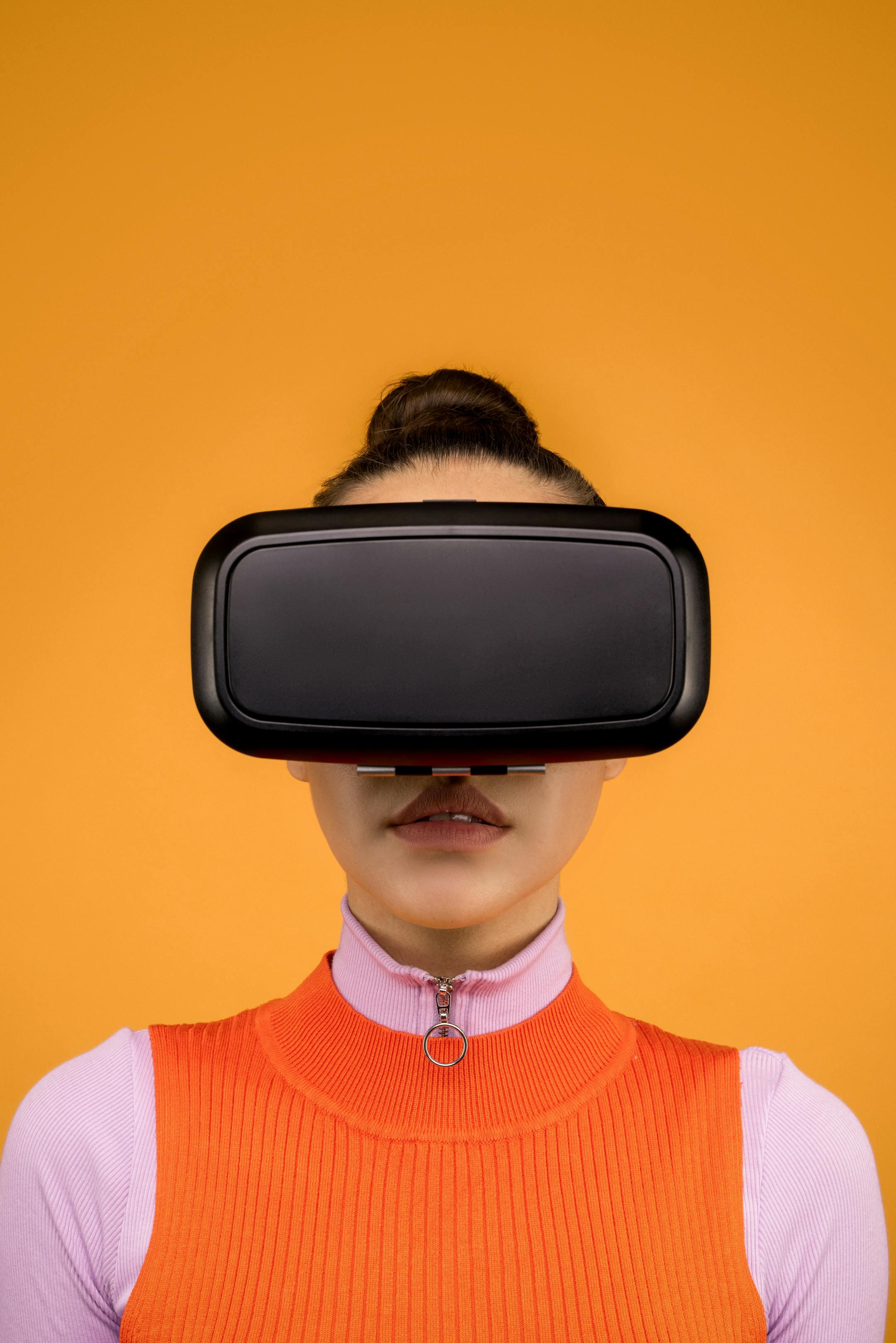Website designed with the B12 website builder. Create your own website today.
Start for free
Exploring the World of Virtual Reality Therapy: A New Frontier in Mental Health Care
If you or someone you love has ever sought help for mental health challenges, you know how personal—and sometimes challenging—finding the right approach can be. While traditional therapies like counseling and medication remain vital, a new player is entering the field: virtual reality (VR). Yes, the same technology used for video games and immersive experiences is now making waves as a therapeutic tool.
What exactly is VR therapy, and why are experts so excited about its potential? Let’s break it down.
What Is Virtual Reality Therapy?
Imagine putting on a pair of lightweight goggles and suddenly finding yourself in a tranquil forest, complete with birds chirping and leaves rustling. Now picture using that same technology to face a situation you fear—like flying, speaking in public, or visiting a crowded store—but doing it in a safe, controlled environment. That’s the core of VR therapy: it transports you to virtual spaces where you can work through your challenges, practice new skills, or simply find calm.
In other words, VR therapy uses computer-generated environments to help people confront fears, manage stress, or learn healthier ways of thinking. With a trained therapist guiding the session, these virtual scenarios can feel surprisingly real, making it easier to transfer progress into your everyday life.
How Can VR Help with Mental Health?
VR therapy is already being used to address a wide range of mental health conditions. For example:
What Are the Benefits?
One of the most exciting aspects of VR therapy is how flexible it is. Sessions can be personalized to suit each person’s unique needs. Unlike real-world exposure therapy, where recreating certain situations might be challenging, VR makes it possible to simulate almost any scenario. This controlled environment gives people the chance to learn new skills and strategies in a setting that feels safe and supportive.
Another benefit is accessibility. As VR technology becomes more affordable and user-friendly, it could bring therapeutic options to people who might not have had them before—such as those living in remote areas or individuals who have difficulty leaving home.
What Should You Expect?
VR therapy isn’t as sci-fi as it might sound. In many cases, a trained therapist will guide you through each session. You’ll wear a lightweight VR headset and interact with a virtual environment designed specifically for your needs. The goal isn’t just to “immerse” you, but to help you develop real-world skills and coping mechanisms. Think of it as a new tool in your mental health toolkit—one that complements more traditional approaches.
How Can You Get Started?
If you’re curious about VR therapy, the best place to start is by talking to a licensed mental health professional. They can help determine whether it’s a good fit for your situation and guide you to clinics or providers that offer this service. Keep in mind that VR therapy is often used as a supplement to other treatments rather than a replacement, so it’s important to have a comprehensive care plan.
Looking Ahead: The Future of VR in Mental Health
While VR therapy is still relatively new, it’s showing great promise. Researchers continue to refine the technology and explore its potential to help with conditions like OCD, eating disorders, and more. As VR becomes more widely available, we may see it play a larger role in mental health care, making therapy more engaging, more accessible, and more effective for a wide range of people.
Final Thoughts
Virtual reality therapy offers a fresh perspective on mental health treatment. For patients and families, it opens doors to innovative, personalized care that could make a real difference. Whether you’re seeking relief from anxiety, managing depression, or just curious about the latest developments in mental health, VR therapy is worth exploring. It’s not about replacing traditional methods—it’s about enhancing them, giving you more options, and helping you or your loved ones take meaningful steps toward a healthier, happier life.